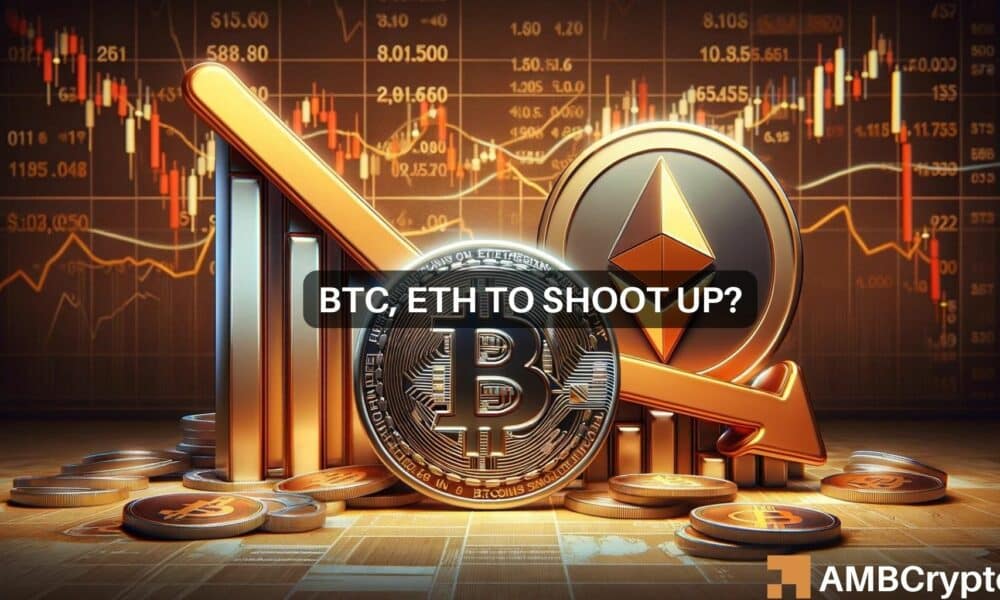
The Future of Bitcoin and Ethereum Exchange Balances
Key Takeaways:
The cryptocurrency landscape has been constantly evolving, and recently, we have witnessed a significant decline in Bitcoin and Ethereum exchange balances. Many wonder about the implications of this trend and what lies ahead for these major cryptocurrencies. In this article, we will delve into the factors contributing to the dwindling exchange balances and paint a picture of the future for Bitcoin and Ethereum.
Understanding the Dwindling Exchange Balances
The decrease in Bitcoin and Ethereum exchange balances signals a notable shift in the cryptocurrency market. These declining balances reflect the ongoing movement of assets from exchanges to other storage methods, such as private wallets or decentralized finance (DeFi) platforms.
One explanation for this shift is the increasing emphasis on security. Cryptocurrency holders are becoming more aware of the risks associated with storing large sums of digital assets on exchanges, which are vulnerable to hacking attempts. By moving their coins to personal wallets or DeFi platforms, investors gain greater control and enhance the security of their funds.
Another factor contributing to the decrease in exchange balances is the changing investor strategies. Some traders are moving away from short-term trading and focusing more on long-term investments. They are withdrawing their cryptocurrencies from exchanges to HODL (Hold On for Dear Life). This strategy involves keeping coins in personal wallets for an extended period, hoping to benefit from their potential future value growth.
Volatile Market Conditions and Trade Volumes
The cryptocurrency market is notorious for its volatility, with Bitcoin and Ethereum being no exception. Shifting market conditions heavily influence trade volumes, impacting the overall exchange balances. When the markets are highly volatile, many traders aim to capitalize on short-term price movements, leading to increased trading activities and higher exchange balances.
Conversely, during relatively stable periods, trade volumes may decline as investors downgrade overactive trading and adopt more conservative approaches. As a result, exchange balances decrease as coins are withdrawn for long-term holding or alternative investments.
The Future of Bitcoin and Ethereum Exchange Balances
Speculating the future of exchange balances necessitates considering multiple factors that drive the cryptocurrency markets. With the increasing adoption of cryptocurrencies, limited supply, and shifting investor strategies, we can expect some interesting developments in the upcoming years.
One potential path is the continued decrease in exchange balances as more individuals seek alternative means of storing and utilizing their digital assets. This trend emphasizes the importance of personal wallets, DeFi platforms, and other secure storage methods.
Furthermore, if demand for Bitcoin and Ethereum continues to grow while supply remains scarce, exchange balances may stabilize or even increase. Limited supply often drives prices up, which naturally increases the attractiveness of exchanges as holders seek to profit from rapid price movements or engage in short-term trading opportunities.
Frequently Asked Questions
Conclusion
The decline in Bitcoin and Ethereum exchange balances is indicative of a broader shift within the cryptocurrency market. Investor strategies, security concerns, and volatile market conditions contribute to this change. While the future of exchange balances remains uncertain, we can expect personal wallets, DeFi platforms, and limited supply to play significant roles in shaping the cryptocurrency landscape. By staying informed about these trends and developments, investors can navigate the ever-changing world of cryptocurrencies more confidently.
Source: insightfullgo.com

